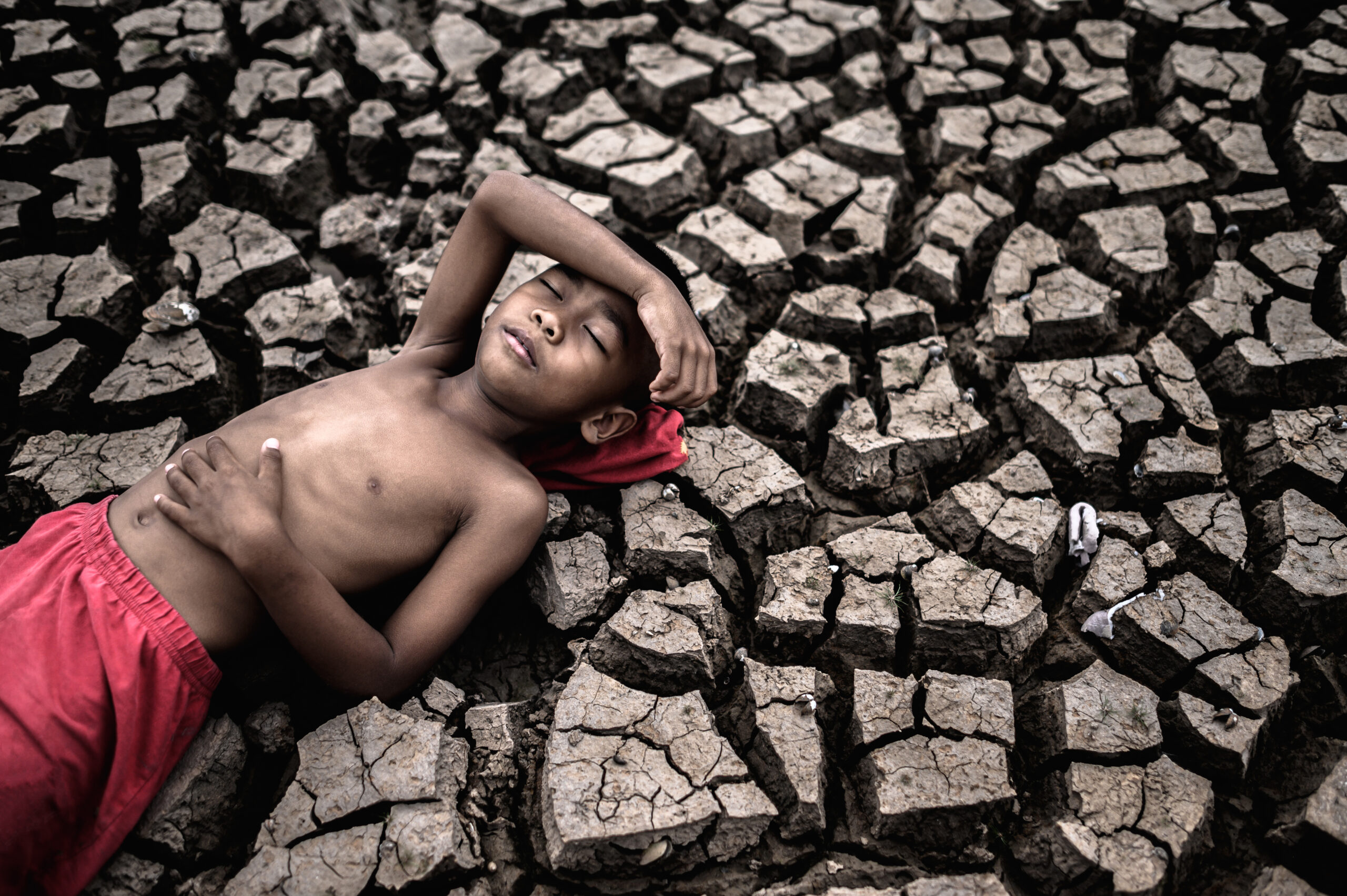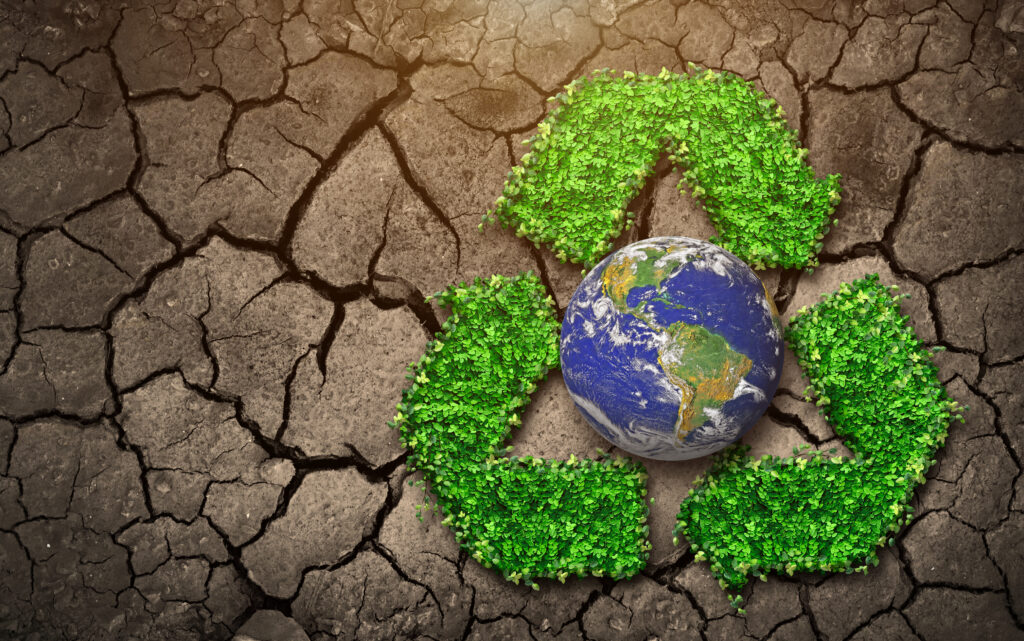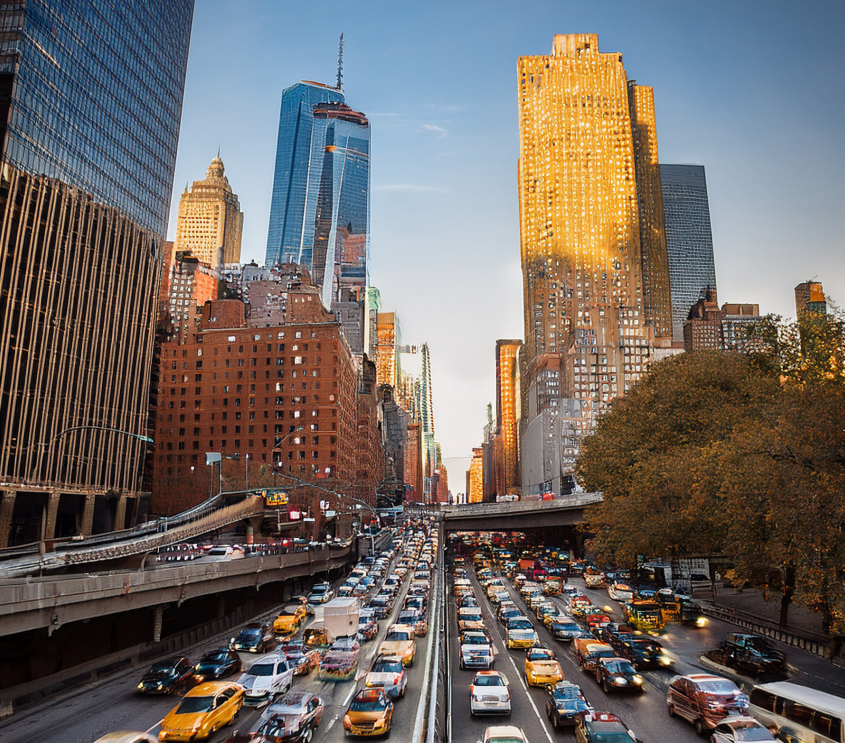The Dying Earth
Understanding the Global Climate Crisis
By Bisma Ijaz & Gift Olaitan Olagunju

In the last 10 years we all must have seen at least a movie about apocalyptic catastrophes due the deterioration of earth’s essence. But now, it seems like human civilization is actually heading towards a possible catastrophic event and Climate Change. This unpredictable change in climate can ultimately wipe out human civilization if significant actions are not taken timely and strategically.
Climate change is one of the most urgent crisis to be faced by humanity in the 21st century. Earth’s climate shift and a constant increase in global warming due to human activities, require serious action to tackle its catastrophic impact and rapid changes in weather conditions. The United Nations, governments, World organizations, and even on individual level, the crisis of climate change is getting extreme attention due to its ongoing drastic weather shifts all across the globe.
According to the ERA5 report, 2023 is considered to be the warmest year on record. This constant rise in temperature has caused severe floods, droughts, and, wildfires all over the world, mostly affecting the 3rd world countries. On a global level, countries are taking steps to address its severity and collaborating with each other to tackle it as soon as possible.
Climate Change refers to a long-term shift in temperature and weather conditions of the world that makes our planet habitual for life. The key cause of this extreme change can be traced back to human activities throughout history, particularly deforestation and burning of fossil which has played a vital role in the climate crisis.
In reference to the Intergovernmental panel on climate change (IPCC) as shown on their official Website (IPPC Website), Climate change has already left an indelible mark on our planet, causing widespread impacts and damages to human systems and ecosystems alike. From altering terrestrial landscapes to reshaping ocean ecosystems, the effects of climate change are undeniable.
Physical water availability, a critical component of our ecosystem, is under strain as climate change disrupts the balance of water from various sources, including groundwater and surface water. Furthermore, assessments of global mental health and displacement reveal the far-reaching consequences of climate change, albeit in regions that have been assessed. Observations of these impacts are closely linked to changes in physical climate, many of which can be attributed to human influence. The confidence levels in these attributions reflect the assessment of the observed impact’s connection to climate change.
Examining observed and projected changes in global surface temperature from 1900 to 2100 provides a stark illustration of how our climate has evolved and will continue to do so over the lifespans of three representative generations.

Projections based on various greenhouse gas emissions scenarios paint a sobering picture of the future, with different emission pathways leading to vastly different outcomes. Visual representations of every form of climatic shift such as ‘climate stripes’, offer a glimpse into the future, depicting human-caused long-term trends overlaid with the continuing influence of natural variability. Each color on the generational icons corresponds to the global surface temperature stripes for each year, providing a tangible visualization of possible future experiences.
In essence, the data presented underscores the urgency of addressing climate change and underscores the need for concerted global action to mitigate its impacts and secure a sustainable future for generations to come. The primary factor of climate change is the emission of greenhouse gases such as carbon dioxide (CO2), methane gas (CO), and nitrous oxide (N2O) in the atmosphere. Through these gases, our atmosphere traps heat directly coming from the sun, leading to a warming effect known as the greenhouse effect. It is the reason why Earth is a habitual planet for humans. So, if the amount of greenhouse gases increases, the Earth’s temperature also increases. This change in temperature results in global warming.
During the industrial era, around the late 1750s, there was a transition from making goods by hand to machinery. Afterward, the atomic bombing of Hiroshima and Nagasaki in World War 2, and the global level use of automobiles and motor vehicles which work with carbon-rich fuels burning gasoline and diesel fuels, caused the emission of CO2 gas resulting in the spike of CO2 into the atmosphere. This global level transition led to a widely spread negative impact on the planet which includes high sea levels, more frequent and drastic weather conditions, loss of biodiversity, and disruption of ecosystems.
Also, the global population has increased unbelievably in the past 150 years. In 1800, the world population was around 1 billion, and today we have reached 8 billion. In order to get more land for crop production and more land for human settlements, humans cut down trees and turn forests into fields. For such population density, we burn a lot more fossil fuels and release enormous amounts of carbon dioxide. This population growth followed an increase in deforestation, that caused no absorption of CO2 from the air, as trees store carbon dioxide in their roots and trunks.

These greenhouse gases have caused an average global temperature rise of +1.1 degrees Celsius compared to the pre-industrial era. This slight increase in temperature seems no big deal, but on a global level, this spike has caused severe weather conditions and increased normal summer temperature by 10-15 degrees Celsius. This rise in warming conditions has caused the melting of glaciers, especially in the Arctic, the icy region near the North Pole. This melting leads to the ocean water level by 3 inches.
This sea level rise is causing severe thunderstorms. In Indonesia, they are moving away from the capital city Jakarta as it is sinking. Rainfall pattern changes are causing untimely rains and more droughts. So, one shift is causing the other disaster. That’s how the climate change conditions are serious. You may be interested to read other articles: The Futuristic China’s Hegemony, Global Inflation, The lasting impact of Music, Middle East Economy, and Anton’s Invention Conquering the World.
The 3rd world countries are under the severe influence of Climate change, like the Indo-Pak subcontinent witnessed extreme rainfalls and floods in 2023. The record-breaking heat waves and cold waves disrupted human life functionality. The economy itself is not spared from the suffering posed by these weather conditions, crops are destroyed due to flash floods, which ultimately causes inflation. In May 2022, wheat crops were destroyed by floods that resulted in the shortage of wheat crops. Overall in the upcoming years, these destructive conditions can result in catastrophic events for human civilization. The warmer regions are getting warmer in summer and get colder in winter, which creates an alarming situation for the world to must on immediately.
To combat climate change, many global efforts are taking place already. In 2016, under the United Nations Framework Convention on Climate Change (UNFCCC), the Paris Agreement is a landmark international treaty signed by almost 200 countries, aimed at limiting global warming to below 2 degrees Celsius above pre-industrial level, with efforts to limit it to 1.5 degree Celsius. We are already near the red line with 1.2 degrees Celsius and are watching How dire consequences it is causing to our planet.
Also last year in December, about 150 heads of state and government took part in the COP28 United Climate change conference to discuss the climate emergency. It addressed the world’s efforts and progress to tackle climate change according to the Paris Agreement, that were too slow across all areas of climate action. From reducing greenhouse gas emissions to providing financial and technological support to the most affected nations to strengthening resilience to changing climate, countries decided to accelerate actions all across the globe by 2030.
One of the most significant action that can be taken to fight climate change is the transition from the use of fossil fuels to renewable energy resources such as solar panels and geothermal power. It will help to combat electricity and energy crisis. Many countries are investing in prompting policies for renewable energy infrastructure. Secondly, is is quite important to consider reforestation and afforestation to reduce carbon dioxide (CO2) from the atmosphere.
To reduce global warming, there’s a need to evolution in the transportation system which contributes majorly to carbon gas emissions like diesel and gasoline. There’s now urgent need to shift from such vehicles to electric vehicles in order to reduce these major contributing factors. Governments are investing to improve transportation systems. Along with these, population control is emminent, which is above all the major contributing factors. As discussed earlier, people will require more energy resources which will result in more carbon dioxide emission.
Climate Change can never be tackled on a local level, it requires state and international level efforts. Timely government policies and their implementation can save the future from catastrophic conditions, otherwise, the lack of action now and failure to take the necessary steps, may be too late to handle the crisis that has already begun.
The power sector stands out as the largest contributor to greenhouse gas (GHG) emissions, accounting for 27% of the total. Meanwhile, the industrial sector, which demonstrates a strong correlation between economic activity and CO2 emissions, represents another significant share, contributing 22% of overall GHG emissions, including methane and nitrous oxide, released into the atmosphere.Collectively, agriculture, forestry, and land use changes represent the second-largest source of greenhouse gas (GHG) emissions, contributing 20% to the total emissions.
In recent years, the annual loss of tree cover has steadily risen. Leading the charge in deforestation in 2022 were Russia, Brazil, and Canada, emerging as the primary drivers of global deforestation. Deforestation poses a dual threat: not only does it release the CO2 stored in the ground and trees into the atmosphere, but it also diminishes the capacity of forests and soils to act as “carbon sinks,” effectively absorbing atmospheric CO2. This underscores the critical role of forests and soils as invaluable assets in combating climate change.
The escalating concentration of CO2 particles functions akin to a greenhouse, trapping the sun’s warmth in the atmosphere and causing temperatures to steadily rise. Compared to the 20th century, and notably over the past five years, the average global temperature has surged by 1.2 degrees Celsius (34 degrees Fahrenheit), exacerbating the urgency of addressing climate change.
This change is quantified by comparing the temperatures recorded at a particular time and location to the historical average for that specific area. The resulting variance represents the increase or decrease in temperature, with the global average reflecting the aggregate of these variations. However, on a local scale or for specific months, the differences can be significantly more pronounced. For instance, in September 2023, the temperature was nearly 2 degrees Celsius higher than in September 1956, underscoring the localized and temporal variability of temperature trends.
These temperature rises contribute to an upward shift in Earth’s temperature anomaly and carry the potential for far-reaching consequences. These effects range from extreme heatwaves in previously temperate regions to crop failures and heightened occurrences of hazardous events such as storms and floods. Notably, the rise in sea levels stands out as one of the most visible impacts, as warmer temperatures accelerate the melting of ice caps and glaciers, thereby increasing the overall volume of water in the oceans.
Data compiled by the Commonwealth Scientific and Industrial Research Organisation (CSIRO), Australia’s government scientific research agency, reveals a staggering rise in sea levels over the past 140 years. With an increase of nearly 25 centimeters (9.8 inches) during this period, the last 25 years have witnessed a particularly rapid escalation, accounting for approximately one-third of the total rise.
Global sea level rise is a pressing concern, with the trend particularly pronounced in the Arctic, where temperatures are rising at an accelerated pace compared to other regions. Moreover, the thermal expansion of water, a fundamental property whereby water expands as it warms, is also exacerbating the rise in sea levels globally. This phenomenon underscores the complex interplay between climate change and its impacts on Earth’s oceans. Indeed, while the overall trend points towards rising sea levels globally, it’s crucial to acknowledge the regional variations and nuances.
For instance, tide gauges in western Canada and northern Chile have recorded either stable or even receding sea levels. In stark contrast, island nations in the southern Pacific and Indian Oceans are experiencing alarming surges in sea levels, posing existential threats as these low-lying areas face the risk of being engulfed by rising waters. This regional divergence underscores the localized impacts of climate change and the urgency of tailored adaptation strategies for vulnerable communities.


